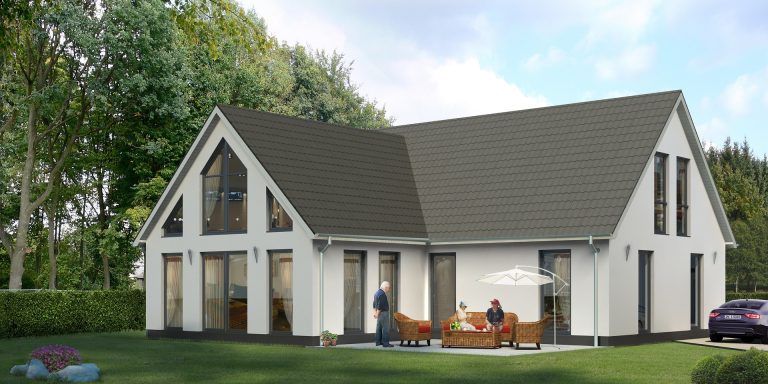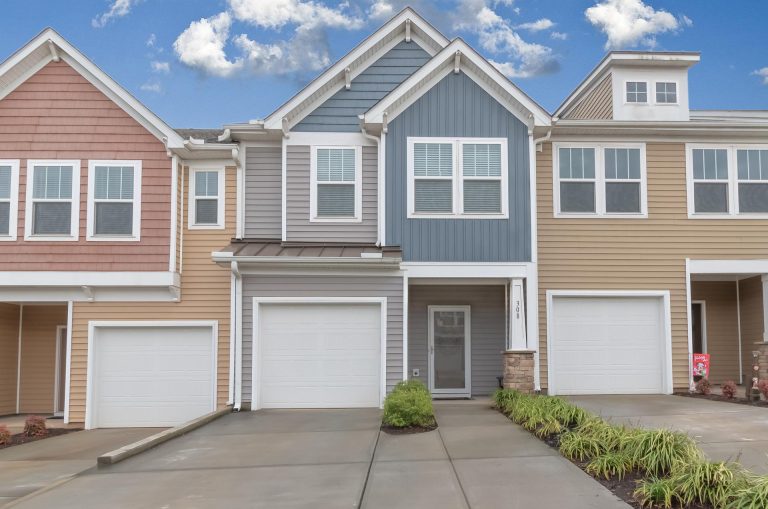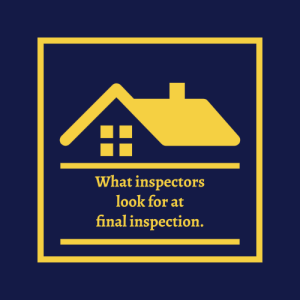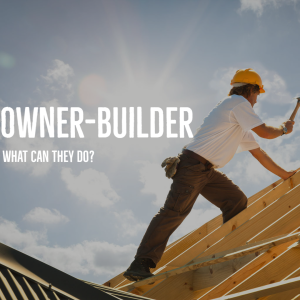august 2022, issue 1
ELITE PERMITS
BRIEFING ON CONSTRUCTION & Some other stuff
Written by TATIANA gUSt
Understanding the building code that applies to your project is essential; however, for people not involved in code compliance it is not as clear as it should be. I will try my best to make it simple and understandable.
The main building codes, and the foundation for many of the state specific codes, are the International Code Council (ICC) building codes. These codes are separated into the following three categories:
- Residential,
- Building also known as (AKA) Commercial, and
- Existing Building.
There are a number of trade specific codes, such as plumbing or electrical or mechanical, but we are going to omit those for clarity.
Before we dive into the residential or commercial aspects, let me explain a crucial difference in the words. The word “residential” refers to the USE of a building, meaning it is for living purposes. Some examples of which can be a house, a duplex, a condo, an apartment, or a hotel. However, all of these residential USES are not regulated by the same code. Some are regulated by the residential code and others by the commercial code.
The “Residential” version includes all the requirements for building, mechanical, electrical, gas and plumbing (MEP) within its code, while the building, aka Commercial, has a separate code that is more specific for each of the additional disciplines, hence the number of other books as mentioned previously.
Single Family home

Townhomes

To put in simple words, projects that fall under the residential code can use a single book for the design, while all other projects have a number of books that need to be consulted while the building is being designed.
Let’s talk about understanding which code applies when. The main intent of the code is to protect property and its occupants.
Therefore, the buildings with the least risk are the smaller ones where you are familiar with the surroundings. Can you think of a small building that you know how to get in and out with your eyes closed? Does your own house come to mind? That’s correct. A house is the least risky due to the limited number of occupants, the limited size, and the fact that most people know their homes very well (we will talk about the exceptions later). The risk is manageable.
Now think about what happens when you put multiple living units next to each other. For example, condos or apartments. The risk becomes larger, because more people may be impacted in an emergency, or more property can be damaged just by being next to each other. Now, let’s add another variable. You have several of these living spaces that are next to each other, but you are not very familiar with the surroundings because you just stopped by to spend the night, like with a hotel. The risk becomes even greater, because in an emergency, the occupants may or may not know how to navigate the building to reach safety.
So, the code regulators understanding the different instances created a separate code which allows smaller, more manageable buildings to have different rules than the ones with a larger risk. Hence the different Residential and Commercial codes.
What can be designed under the Residential code? The Residential code applies to single family homes, duplexes, and townhomes that are three stories or less. This is very specific, because if the building becomes taller, then there is additional risk.

More risk = more protection.
Therefore, for those large homes that are three stories over parking, the applicable code becomes the Commercial code, and they must adhere to a different set of standards.
Everything else that does not fall under the Residential code must be designed with the Commercial code.
To make it easier for everyone:
Residential ==> Single family, duplexes, or townhomes; up to three stories
Commercial ==> Everything else
Let me know if you have additional questions about the building codes, follow us for more, and share our blog!







